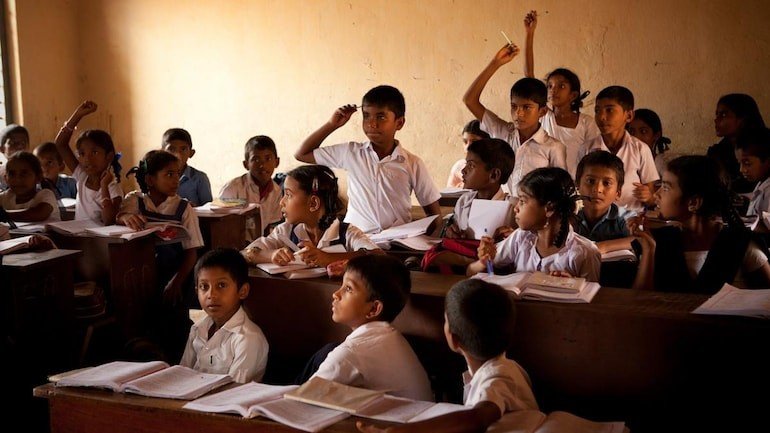The success of the northeast states in achieving high literacy rates reflects the region’s commitment to education and highlights the importance of investing in human capital. Mizoram’s achievement of being declared India’s first fully literate state is a testament to the hard work and dedication of the government, educators, and volunteers in promoting lifelong learning.
The PLFS data also reveals that overall literacy rates in India have been steadily increasing, with the national average now standing at 77.7 per cent. This progress is a positive sign for the country’s future development, as education is a key driver of economic growth and social well-being.
However, the disparity in literacy rates between states remains a concern, with some regions still struggling to provide quality education to their populations. It is crucial for policymakers to prioritize education and invest in programs that will help bridge the gap between high-performing states like Mizoram and those with lower literacy rates.
As India continues to strive for universal literacy and inclusive education, the success of the northeast states serves as a model for other regions to emulate. By prioritizing education and empowering communities to take charge of their own learning, we can work towards a more equitable and educated society for all.

